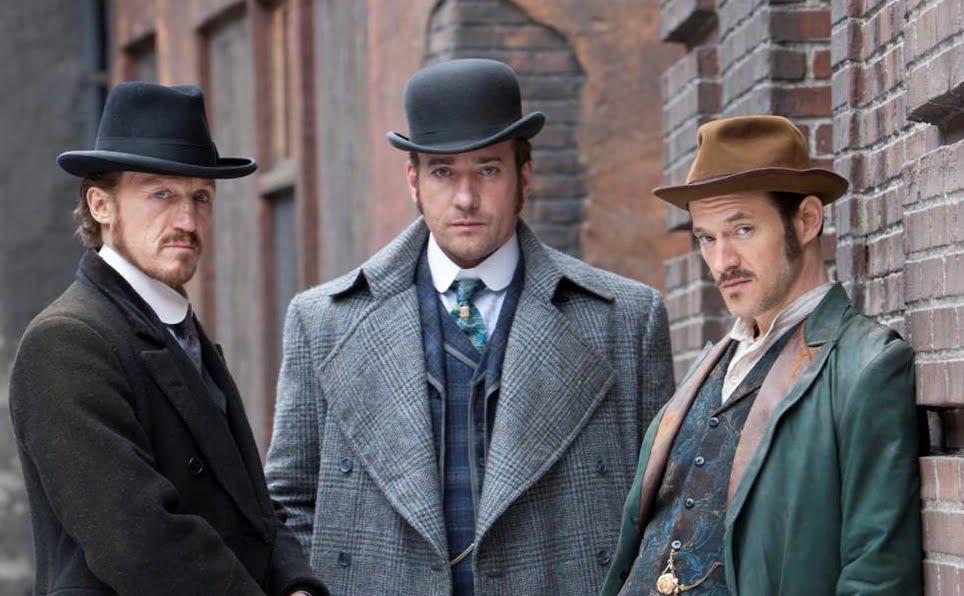Friend or foe?
By Ed Waller
11-11-2016
The television industry’s relationship with arch-disruptors like Netflix and Amazon seems to be like most relationships: sometimes on, sometimes off, sometimes happy, sometimes sad, sometimes not even on speaking terms.
For many years, the subscription VoD services were seen by traditional television as a threat, outbidding linear TV buyers for the best content, stealing everything from exclusivity to headlines, and luring those precious eyeballs away into the digital world – perhaps forever.
Also, being digital and international, SVoD was perceived as being beyond regulation and unfettered by the annoying restrictions that bind terrestrial TV channels to Earth – quotas, public service commitments, spectrum fees and broadcast licences, those sorts of things.
The move into original commissioning certainly changed the perception for writers and producers. The former are now all dreaming of escaping the structures imposed on their craft by the needs of scheduled TV, such as opening recaps, commercial breaks, mid-season finales and cliffhangers, and the latter is welcoming the new money now in the market, even if it means giving up all rights on all platforms, in all known and unknown worlds in perpetuity.
But there seems to be a change in the relationship between linear TV and its on-demand competition. Now broadcasters are increasingly seeing SVoD services as partners to coproduce with, share windows with and – whisper it – sometimes even let the SVoD partner go first. The latest season of period drama Ripper Street is a good example of on-demand and linear working together, with the BBC2 airing certainly not hurt by the earlier outing on Amazon.

Ripper Street was made available on Amazon before airing on BBC2
There appear to be some mutual benefits and win-win scenarios to be had from linear and on-demand working together, whether that’s SVoD driving awareness for the programme’s subsequent linear windows or broadcasters’ new seasons prompting viewers to binge earlier seasons on-demand in order to catch up and be part of the watercooler conversation.
SVoD’s move into unscripted also seems to have thrown a lifeline to a part of the industry that for years was seen as being in a creative crisis and lacking its mojo. Reality producers and format vendors are, like their scripted counterparts a few years ago, now dreaming of their first Netflix commission.
However, there are things to consider when licensing an unscripted format to a global SVoD player, not least the impact on the business of producing local versions territory-by-territory, even if the show works. Or how the local production holdbacks would work with a service that operates in 190 territories.
But just as linear and on-demand players get on speaking terms, traditional TV firms begin launching their own standalone on-demand services and start pulling their shows off the VoD aggregators. The relationship lurches towards another icy silence.
Is Scripps Networks’ recent termination of its Netflix deal the shape of things to come? This expected disaggregation process, as programme suppliers start to refocus on their own SVoD offerings, may be behind Netflix’s plan to boost its original content to 50% by 2018.
When describing their current relationship, maybe linear and on-demand should take a leaf from the early social media days: it’s complicated.














.jpg)




























